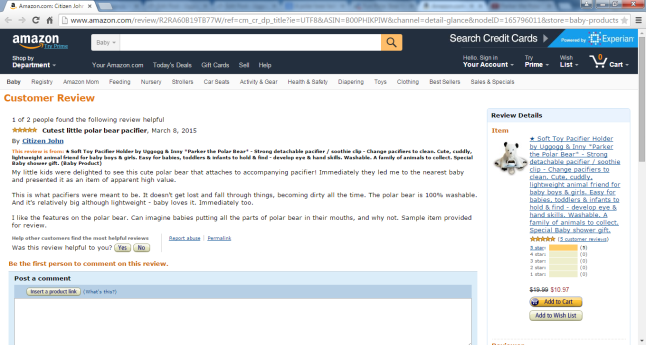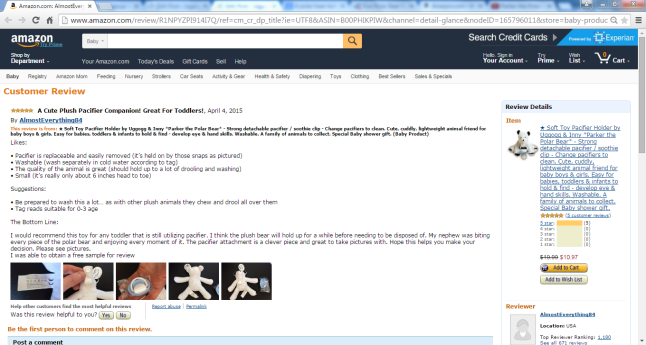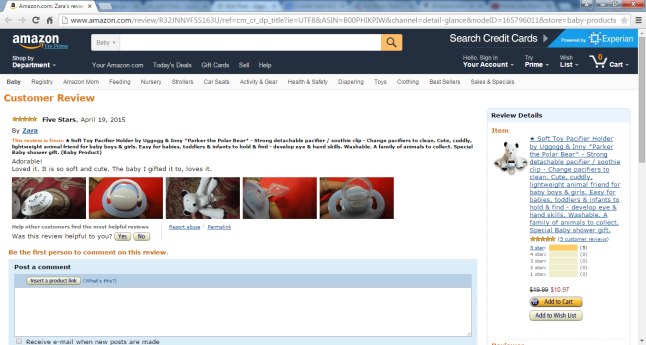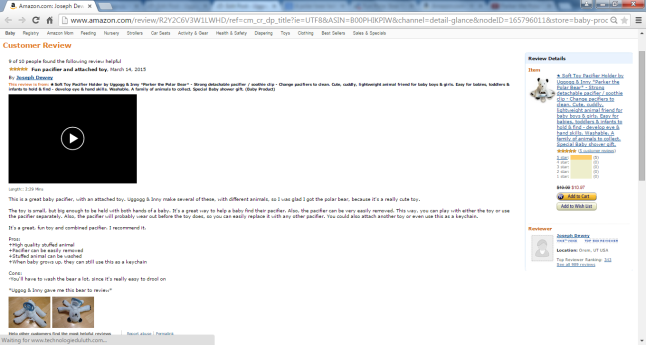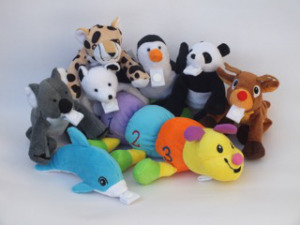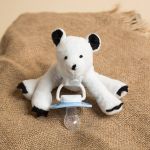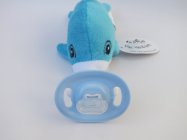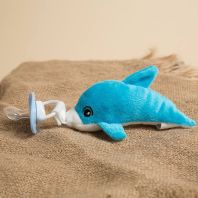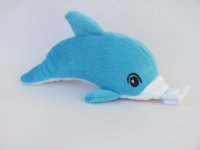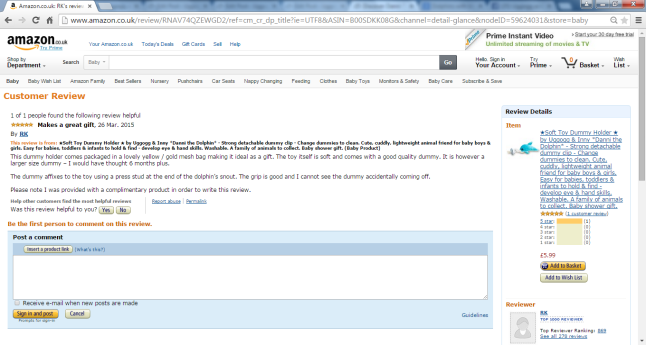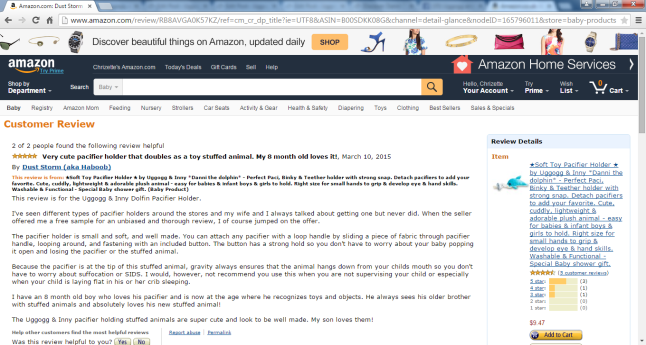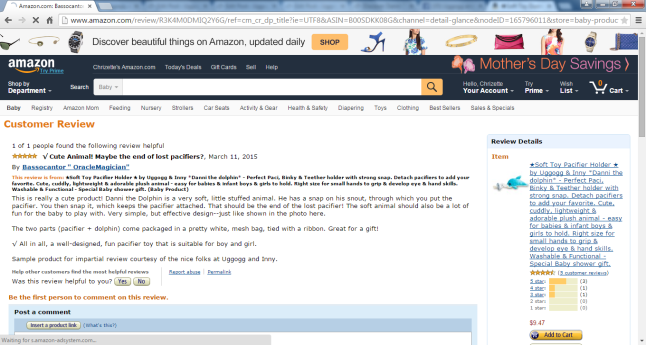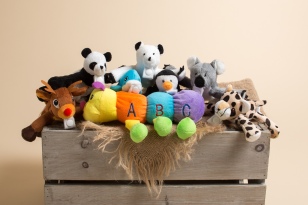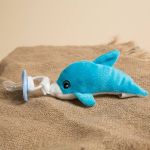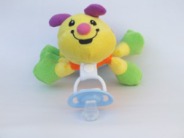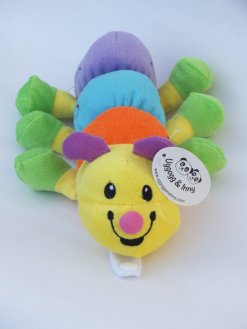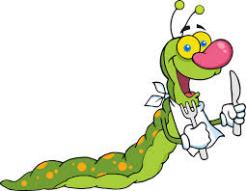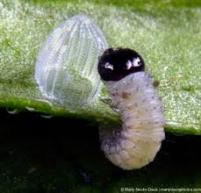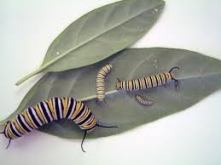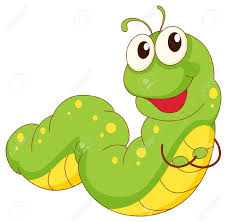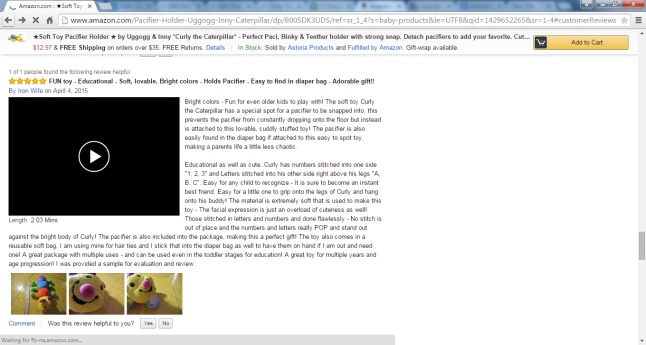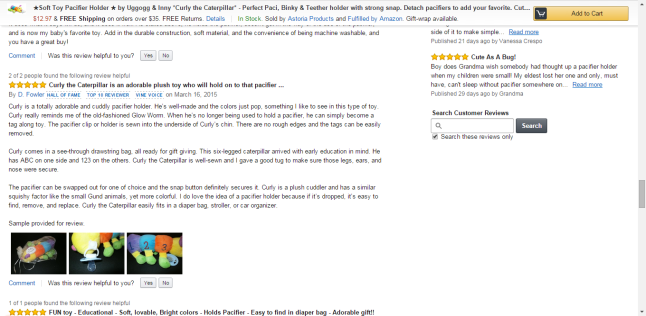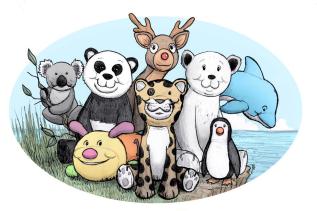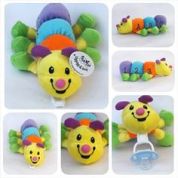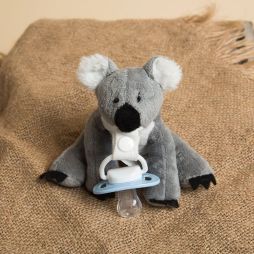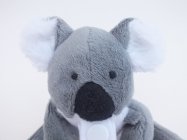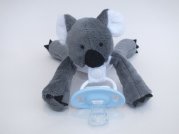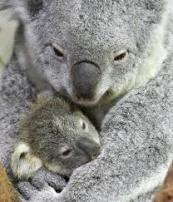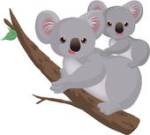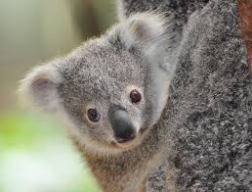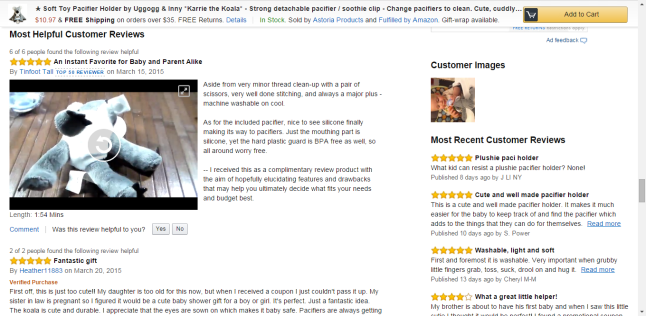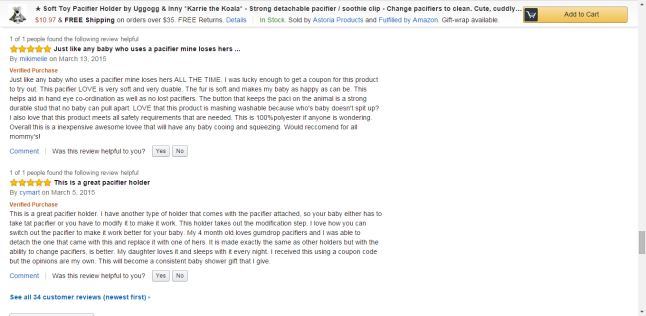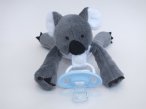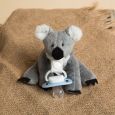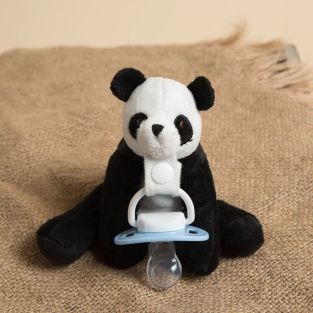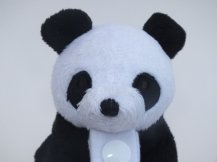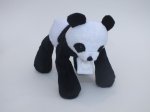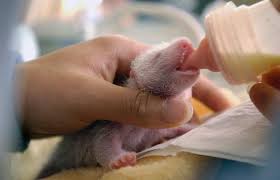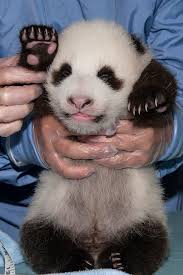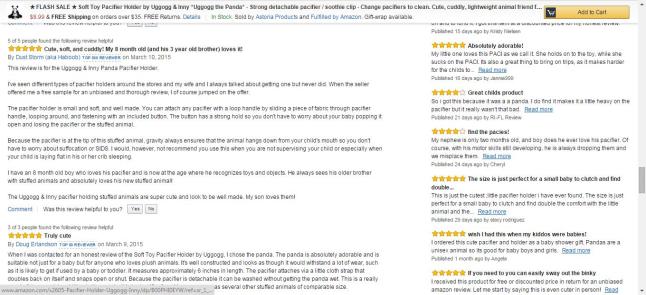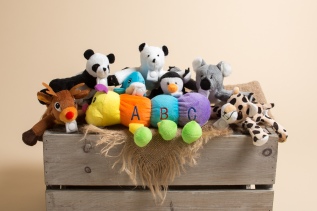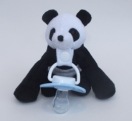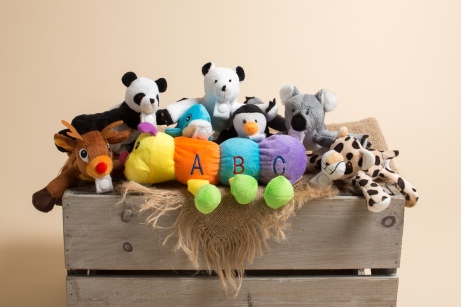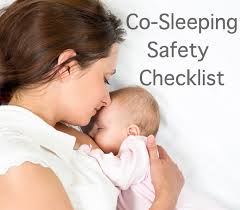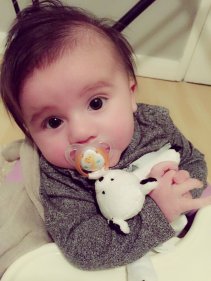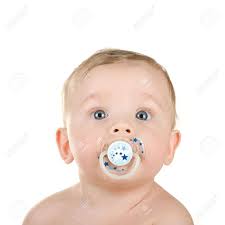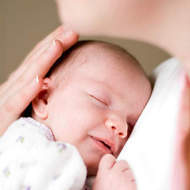
First Month
Newborns
Your baby is born with some amazing abilities – he is not just a little sponge waiting to soak up experiences. From the moment he is born, his ability to snuggle into your neck, grip your finger tightly and look into your eyes will have you falling in love.
Healthy newborns are perfectly attuned to their own needs. Though their eyes are not yet able to focus on things that are far away, baby can focus perfectly well on your face when you hold him in your arms – the distance from your nipple to your eyes!
Your newborn can also hear. From around 28 weeks of your pregnancy your newborn has been able to listen, hearing both the sounds of his mother’s body and noises from the outside world. Studies have found that newborns react more strongly to the higher pitch of a female voice, than to a deeper male voice. Newborn babies are soothed by the sound of their mother’s voice chattering and cooing to them – and they can be upset when that voice becomes sad or angry. Interestingly, many dads find they raise the pitch of their voice when talking to their newborn.
Baby’s nose is also a sensitive organ and a newborn can tell the difference between the smell of his own mother’s breasts and that of another person. This is combined with a well developed sense of taste (babies have more taste buds than adults) which is finely tuned towards the sweet, milky taste of breast milk.
Newborn babies are also born with a number of reflexes, some of which are vital for survival. These include the rooting reflex which enables baby to find his mother’s nipple when his cheek is placed nearby, the sucking reflex,the swallowing reflex and the gagging reflex that prevents him from taking too much liquid. He is also able to cough up the mucus that has filled his lungs for the last nine months. When a baby is put down on his tummy he will automatically turn his head; he won’t just lie with his head down. This is known as the labyrinthine reflex.
 Second Month
Second Month
Understanding your baby’s cry
Crying is the most important way your baby has of communicating with you. There are seven main reasons for a baby to cry – babies do not cry without a reason! Some babies cry more than others and are often called ‘high-needs’ babies – they need more attention than those with more placid personalities.
Babies cry because:
- They are hungry. Little tummies can empty fast so even if you have just fed baby she may need a top-up. If you leave a hungry baby to cry it can take ages to settle her, so always try offering more food before she gets very upset.
- They are in pain. It may only be a little pain – a bruise or knock, but babies can’t tell the difference between big and little pains. If you can’t see the cause of the pain try cuddling, rocking and soothing. If baby has had an accident your best precaution is to seek medical attention.
- They are uncomfortable. Wet or dirty nappies, scratchy clothing, prickly hats, tight bootees or socks. Baby may be too hot or cold. Put the back of your hand on baby’s bare chest to check.
- They are lonely. For nine months your baby was snug and comfortable inside your uterus. Some babies need company more than others but babies who are left alone too much feel insecure. Baby can sleep near you (even in a noisy room), lie on a rug nearby or be carried in a sling or your arms.
- Baby has had too much. Too much light, too much noise, too many people, too much play – babies can get over stimulated by strong sun, loud noises, clucky relatives and over-excited children. Take baby away into a quieter, darker place where you can soothe her.
- Baby is bored. Older babies need a stimulating environment, but this will not be a big problem until closer to his half year mark.
- They are frustrated. This usually happens to older babies who are trying to learn a new skill and simply getting cross when things don’t work out!
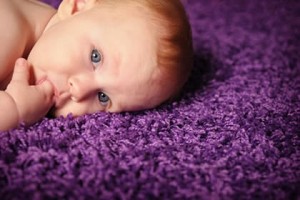
Third Month
Your baby is already working hard to become more mobile. As her head and neck muscles become stronger she may soon learn to roll over. This means that you may want to start changing her nappy on the floor. Babies have a habit of surprising their parents with their new found abilities.
Your baby is likely to be babbling away to you now. You can help develop her language skills by talking to her throughout the day. Try describing what you’re doing as you do it, even if it’s just loading the washing machine.

Fourth Month
Your baby is becoming keen to explore his surroundings. Try giving him materials of different textures to explore or a rattle to shake. Your baby is also more likely to be distracted by what’s going on around him, so feeding may become more difficult.
As his vision develops, your baby can distinguish between shades of the same colour, such as red and orange. He will be looking at brightly coloured mobiles and play gyms now.
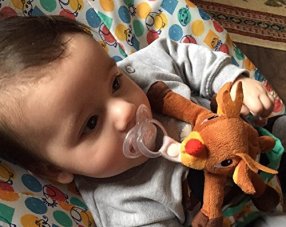
Fifth Month
Your baby is becoming much better at expressing herself. She will show her affection by giving you hugs and kisses, and holding her arms up when she wants you to pick her up. She may even laugh at your jokes.
You may find your baby watching you intently as you speak. She is learning more about how language works. She may soon recognize her name if you call it.
By now, your baby’s physical development is coming on fast and furiously. If you sit her on your lap, or put her on the floor, she may be able to sit for a moment without assistance.
To help your baby sit, move her legs to form a V shape. This helps her balance while sitting and reduces the risk of her toppling over. Once she is in this position, place a toy in front of her to play with. Make sure you’re nearby to provide support, and surround her with pillows to cushion a possible fall.
You could also encourage your baby to play lying on her tummy. Lifting her head and chest to see a toy will help to strengthen her neck muscles and develop the head control she needs for sitting up. You could also help her strengthen her legs by standing her on your thighs and bouncing her up and down.
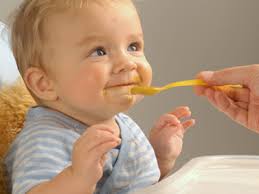
Sixth Month
Watch out for signs that your baby is keen to start solids. He may watch intently as you eat, and even make a grab for what’s on your plate. Be sure to capture his first taste of food on camera. Life is about to get messier!
At six months the average number of hours a baby will sleep during the day is four and the average number of hours at night is ten. This is an average, some will need more, some less – but it shows that most babies still need to get an important part of their sleep quota during the day.
It is important that baby has a routine, but it should not rule your life. If you are out and it is baby’s normal nap time, then do as much of his normal routine as you can – change, feed, rock – whatever your routine is. There is no reason why he can’t sleep in your arms or over your shoulder at times like this.
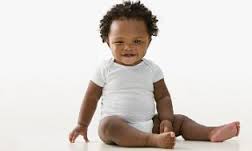
Seventh Month
Sitting up!
Most babies can sit quite firmly from around the age of six months; others will topple at the slightest breeze. Some however will not sit until they are nine months. This is perfectly normal. A baby with strong neck muscles will sit first . A baby who cannot sit unaided will enjoy being propped up and carried around in a baby chair, but it is important that he has time on his tummy and on the floor so that he can use his muscles.
The Early Riser
If you are hearing more bird calls than ever before in your life then chances are you have an early riser, who wakes with the birds – okay in winter, but not much fun in summer. Your baby is awake because for the time being she has had enough sleep. There is a good chance things will change before too long, so don’t be too worried.
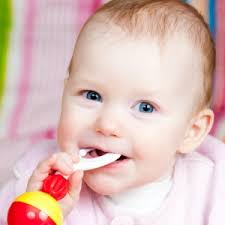
Eight Month
First tooth
A few babies are actually born with teeth (about one in 1,200). This is just a quirk of nature. Other babies will get their first teeth any time between the age of three and 13 months. On average, the first front teeth appear in the middle of the top gum at around seven months, the two bottom teeth follow soon after. A month or so later, two more will appear on either side of these. By around her second birthday she will have 20 first teeth.
The normal sign that your baby is teething is sore gums and baby may be grizzly, dribble more than usual and her sleep may be interrupted. Teething does not cause diarrhea, vomiting, a temperature, ear-ache or other pains – if baby is suffering from these symptoms then it is time to see the doctor.
Baby on the move
Between eight and ten months many babies will start to move. Some will crawl, some will do a funny kind of crab walk, some will simply bottom shuffle or go backwards and others will not crawl at all. There is no reputable evidence that babies who don’t crawl will be slow in other skills.
Before he can crawl your baby needs to learn to sit. Then he must learn take all his weight on his forearms and hands. Next he must work out how to get his legs under his body and come up on his knees. Once this is achieved there will be lots of rocking back and forth before one day he actually moves forward – or backward!
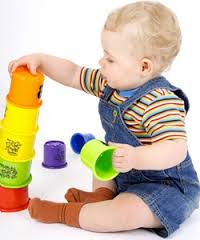
Ninth Month
Playtime with your baby is becoming more fun. She will love to empty and fill containers, or stack cups and rings. At this age you and your partner will be her best playmates.
She may not limit her exploration to toys though, and you may find yourself using the word “no” more often. She probably understands more from your tone of voice than the actual words you use right now.
Your baby is getting closer to walking, but most babies don’t take their first steps until their first birthday. You may notice your baby cruising, which is where she moves around upright while holding on to furniture.
A few nine-month-old may take a few steps, with support from you. Your baby is also learning how to bend her knees, and how to sit after standing, which is harder to master than you may think!
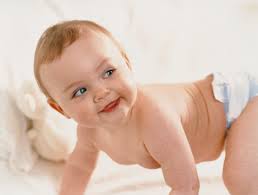
Tenth Month
Crawling
Around now, your baby may be able to crawl well on his hands and knees. As he gains confidence, he will start to pick up speed. Your baby can also sit confidently now.
Your baby may have a go at pulling himself up from a sitting to standing position, too. He may even walk while holding on to furniture, possibly letting go momentarily and standing without your support. However, he may find it a bit tricky to sit down again, so be prepared to help!
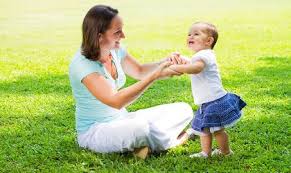
Eleventh Month
Your baby will now understand simple instructions, including the meaning of “no”. This doesn’t mean that she will do as you ask! Try to use the word “no” only if she is doing something dangerous, or you may find yourself saying it all the time.
Bright, colorful books will capture her attention now. It’s a good idea to visit the children’s section at your local library so you can enjoy some new books along with the old favorites.
At mealtimes, your baby may be able to grip a cup and drink from it independently, and hand-feed herself an entire meal. Once your baby can drink from a cup by herself, you may need to start ducking, because she may toss it aside when she’s finished!
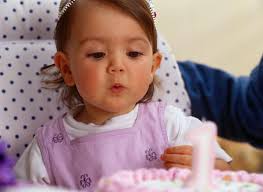
Twelve Month
Your baby may soon be walking, if he isn’t already. As he becomes more mobile, his interest in noisy, boisterous activities is likely to increase. At least he will be getting plenty of exercise!
Communication is becoming more two-way now. If you ask him where his nose is, he may be able to point to it. As his understanding grows you can start to teach him manners, such as saying please and thank you. You may be able to persuade him to help tidy up his toys, too.
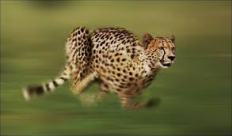 hour. A cheetah can accelerate from 0 to 113 km in just a few seconds.
hour. A cheetah can accelerate from 0 to 113 km in just a few seconds. to always recognize a cheetah is by the long, black lines which run from the inside of each eye to the mouth. These are usually called “tear lines” and scientists believe they help protect the cheetah’s eyes from the harsh sun and help them to see long distances.
to always recognize a cheetah is by the long, black lines which run from the inside of each eye to the mouth. These are usually called “tear lines” and scientists believe they help protect the cheetah’s eyes from the harsh sun and help them to see long distances. Cheetahs are the only big cat that cannot roar. They can purr though and usually purr most loudly when they are grooming or sitting near other cheetahs.
Cheetahs are the only big cat that cannot roar. They can purr though and usually purr most loudly when they are grooming or sitting near other cheetahs. during the day. A cheetah has amazing eyesight during the day and can spot prey from 5 km away. Cheetahs cannot climb trees and have poor night vision.
during the day. A cheetah has amazing eyesight during the day and can spot prey from 5 km away. Cheetahs cannot climb trees and have poor night vision.
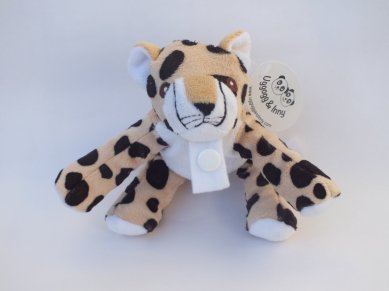
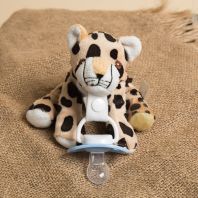
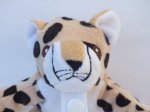
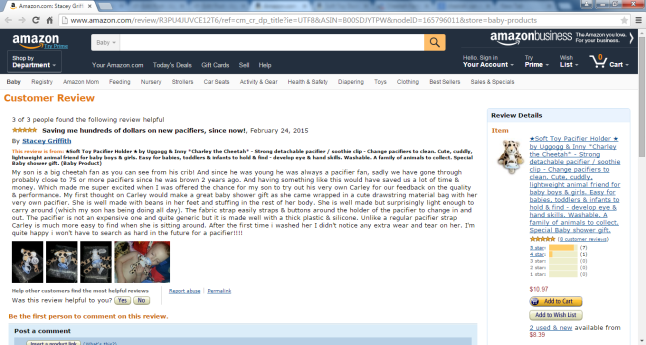
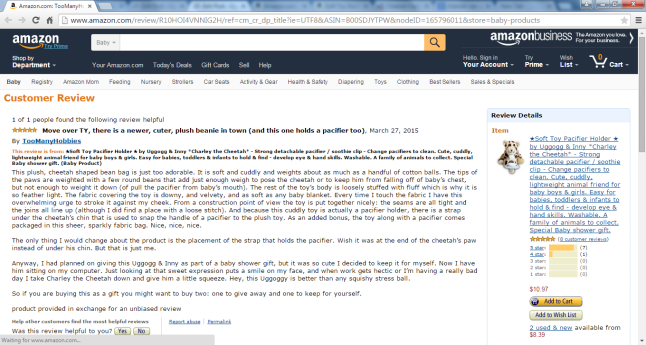
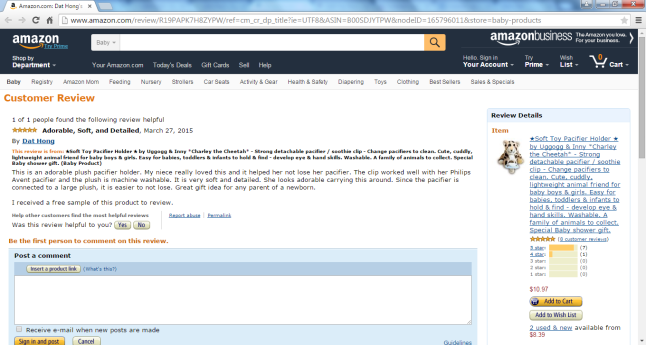

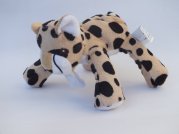

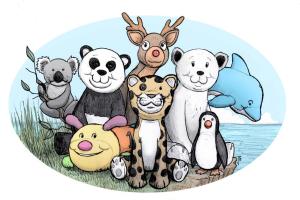




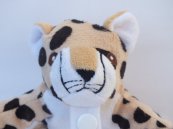
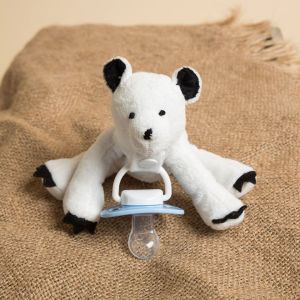
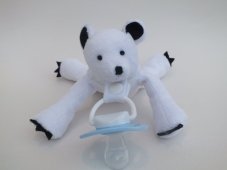
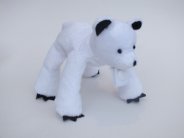

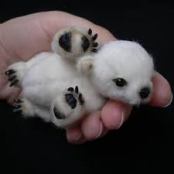
 e polar bears do not start having cubs until they are about 4 or 5 years old
e polar bears do not start having cubs until they are about 4 or 5 years old